Advertisement
A humanoid robot, powered by Nvidia's advanced AI platform, is now serving coffee to visitors at a café in Las Vegas. This demonstration blends cutting-edge robotics and artificial intelligence into something as simple and familiar as ordering a morning drink. It feels oddly natural to watch a lifelike robot take an order, prepare a steaming cup, and place it on the counter with precise, human-like motions. People are stopping to watch not only out of curiosity but because the experience feels like a glimpse into everyday life just a few years ahead.
The coffee-serving robot in Las Vegas runs on Nvidia’s advanced AI platform, which does far more than just move its arms and hands. It’s designed to think on its feet — reading the room, understanding what customers want, and responding naturally. Using computer vision, natural language processing, and machine learning, the robot can recognize what someone says, notice a nod or a pointed finger, and adjust its actions in a way that feels intuitive rather than mechanical.
With cameras and sensors built into its frame, it keeps track of where customers are standing, distinguishes between different cup sizes, and avoids collisions behind the counter. Nvidia’s technology processes massive streams of visual and audio data in real time, letting the robot adjust if someone changes their order mid-sentence or walks into its path unexpectedly. This makes it feel less like a programmed machine and more like a steady coworker who can handle surprises.
Powered by Nvidia’s Jetson platform, all this processing occurs on the spot, right inside the robot, without relying on a remote server. That keeps reactions fast and smooth — something you really notice in a busy café where every second matters. It makes the whole experience feel seamless and surprisingly human.
One of the most striking aspects of the robot is how human it seems. While it’s unmistakably a machine, the way it stands, tilts its head slightly when “listening,” and uses two hands to pass a drink across the counter creates a subtle emotional connection. People at the café often smile or laugh nervously when they place their order, as if testing whether it can really understand them.
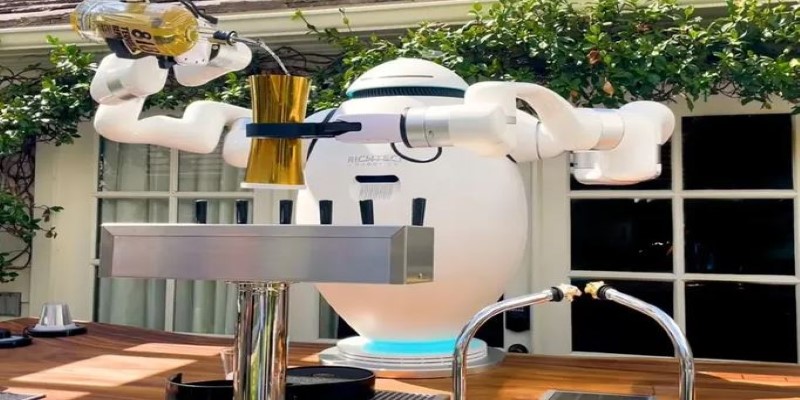
Speech recognition and natural language understanding are key to this. The robot can parse common phrases like "I'll have a cappuccino" or "Make it a large" without requiring people to speak in stilted, exact commands. If a customer hesitates or asks a question, the robot replies in a calm, clear voice. Its responses are programmed to be brief but polite, keeping the experience simple. For many customers, the novelty of speaking to a machine and having it respond naturally is the most memorable part of the visit.
The robot also maintains a consistent pace, which helps keep the line moving without making customers feel rushed. It handles one customer at a time, placing each order with care, cleaning up its work area, and moving on. Staff at the café say the robot helps during peak hours, allowing human employees to focus on more complex tasks and customer interaction.
Nvidia has been at the forefront of AI hardware and software development, and this robot showcases the kind of real-world applications its technology enables. The company’s graphics processing units (GPUs), originally developed for gaming and visualization, are now widely used for AI model training and inference. In the case of the humanoid robot, these GPUs power deep learning models that allow it to see, understand, and interact with its surroundings.
The robot utilizes a combination of Nvidia Isaac, a platform for robotics development, and the Jetson computing modules, which provide on-site processing power. Nvidia Isaac gives developers a set of tools to simulate and train robots before deploying them, which is how the café robot learned how to pick up cups of different sizes, adjust its grip, and place drinks without spilling. This type of training is done in virtual environments first, so the robot can practice thousands of scenarios before serving real customers.
Nvidia’s contribution to this project is more than just processing power. It’s the integration of hardware and software into a platform that can be scaled and customized. The same technology could just as easily power robots in healthcare, logistics, or retail.
Seeing a humanoid robot serve coffee isn’t just a technical demonstration; it’s a conversation starter about the future of work and how people interact with machines. Customers at the café in Las Vegas seem to fall into two camps — some are excited and fascinated, while others express concern that machines might replace human jobs.
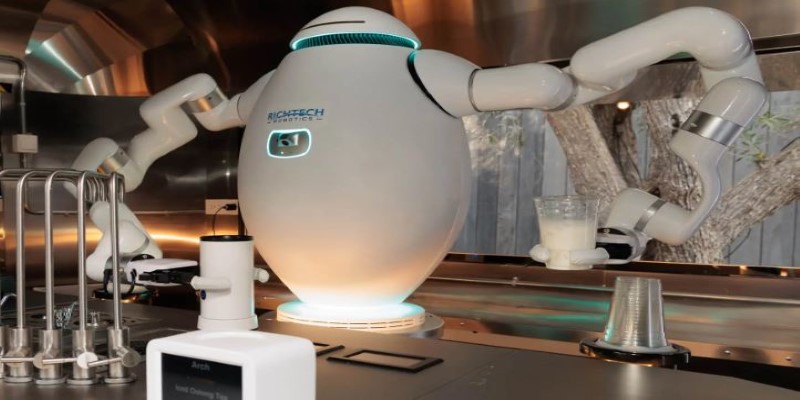
For now, the robot is supplementing human workers rather than replacing them. It handles repetitive, simple tasks that often slow down service, freeing human employees to focus on hospitality and customer engagement. Café management noted that the robot never gets tired or distracted, which helps keep operations consistent even during long shifts.
At the same time, having a humanoid robot visible and approachable makes AI feel less abstract. Instead of being hidden inside servers or behind a screen, here it is, face-to-face, working alongside humans. This helps demystify the technology and gives people a chance to experience its benefits firsthand.
The presence of such robots may also inspire conversations about the kinds of tasks humans actually want to perform. Many people working in hospitality describe repetitive service work as exhausting, so sharing the load with intelligent machines might even improve job satisfaction over time.
The Nvidia AI-powered humanoid robot in Las Vegas shows how artificial intelligence can blend into everyday life through simple, helpful tasks. Serving coffee with precision and a human-like presence, it offers a clear example of machines supporting rather than replacing people. As more industries explore similar innovations, this robot hints at a future where humans and AI work together, making routine interactions smoother and more engaging for everyone.
Advertisement
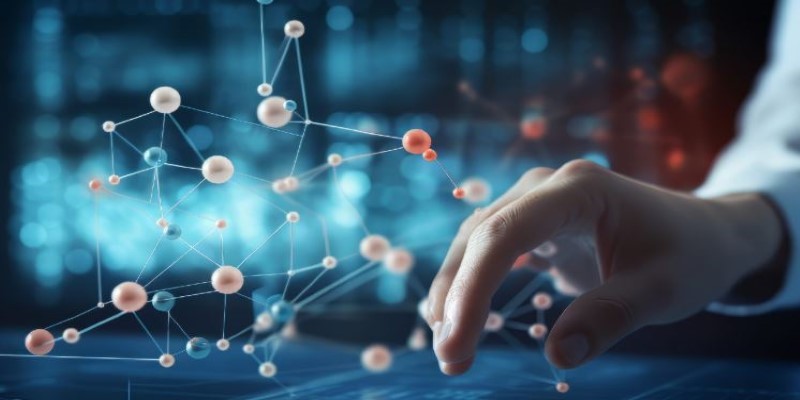
Discover the top 9 open source graph databases ideal for developers in 2025. Learn how these tools can help with graph data storage, querying, and scalable performance
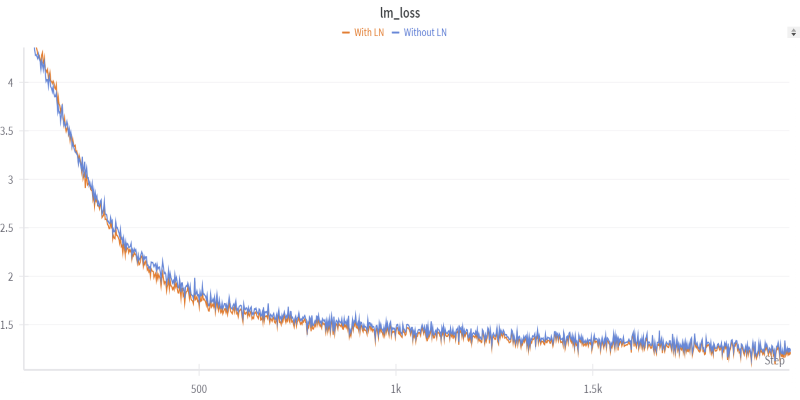
Want to shrink a large language model to under two bits per weight? Learn how 1.58-bit mixed quantization uses group-wise schemes and quantization-aware training
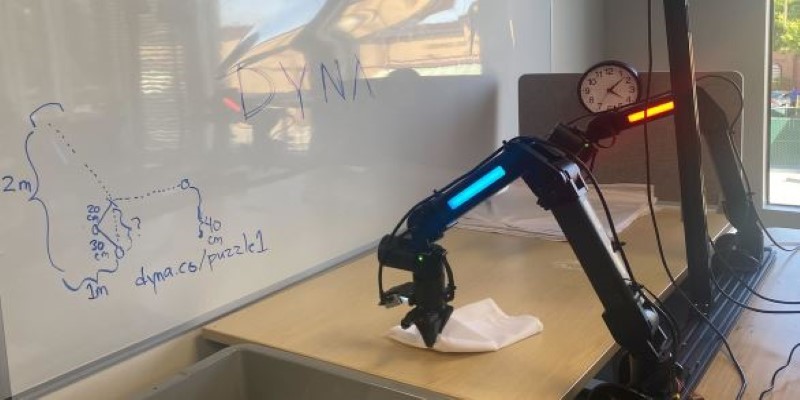
How a groundbreaking AI model for robotic arms is transforming automation with smarter, more adaptive performance across industries

Discover why global tech giants are investing in Saudi Arabia's AI ecosystem through partnerships and incentives.
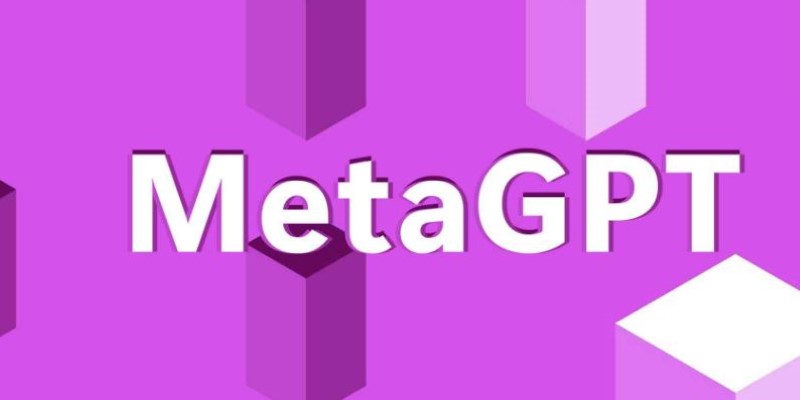
How MetaGPT is reshaping AI-powered web development by simulating a full virtual software team, cutting time and effort while improving output quality

Discover powerful yet lesser-known ChatGPT prompts and commands that top professionals use to save time, boost productivity, and deliver expert results
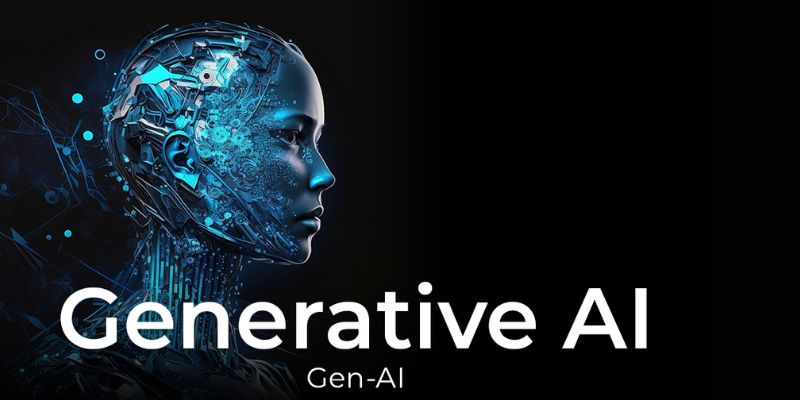
Explore how generative AI in financial services and other sectors drives growth, efficiency, and smarter decisions worldwide
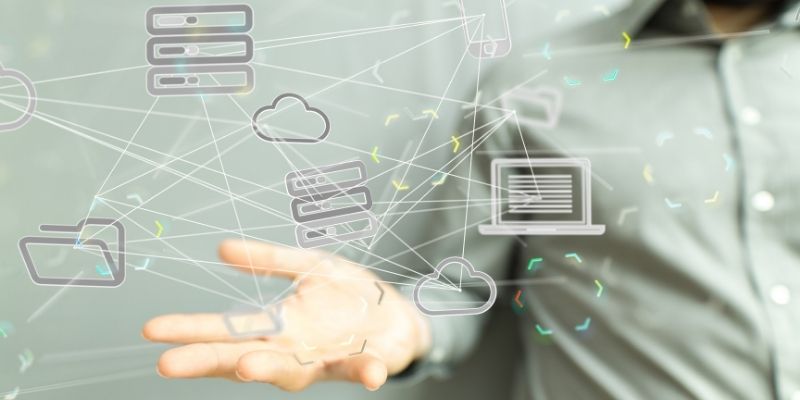
Meta introduces Llama 4, intensifying the competition in the open-source AI model space with powerful upgrades.
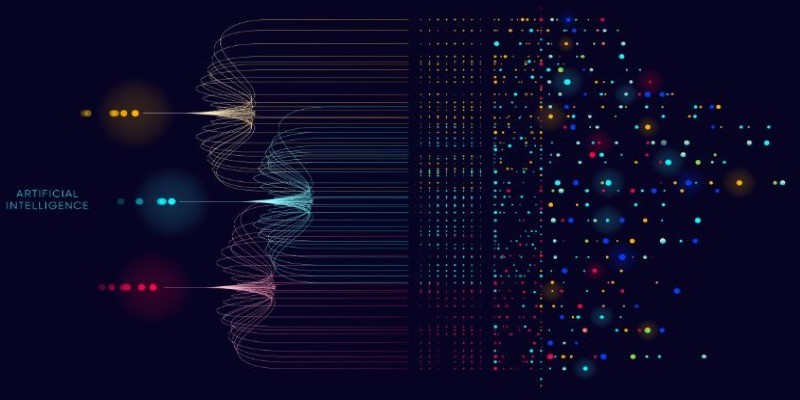
How Salesforce’s Agentic AI Adoption Blueprint and Virgin Atlantic’s AI apprenticeship program are shaping responsible AI adoption by combining strategy, accountability, and workforce readiness

Why analytics is important for better outcomes across industries. Learn how data insights improve decision quality and make everyday choices more effective
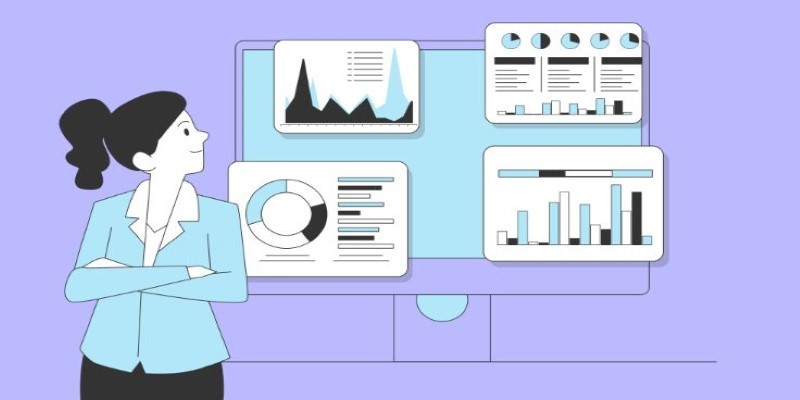
Discover the best Business Intelligence tools to use in 2025 for smarter insights and faster decision-making. Explore features, ease of use, and real-time data solutions

Discover how ByteDance’s new AI video generator is making content creation faster and simpler for creators, marketers, and educators worldwide